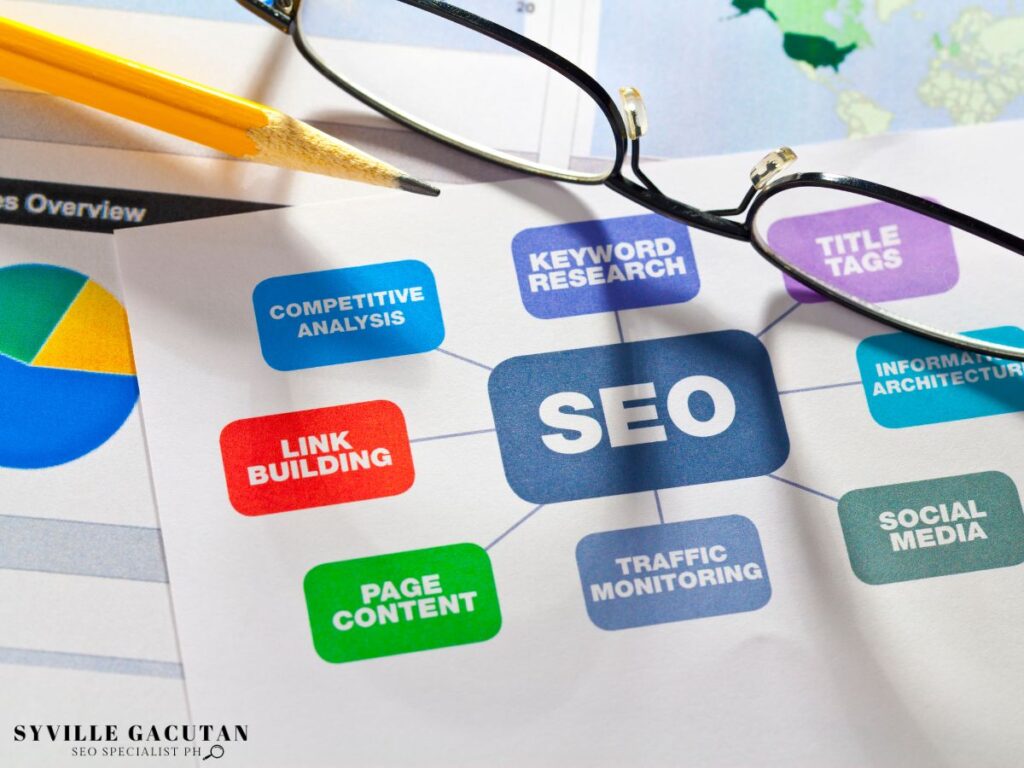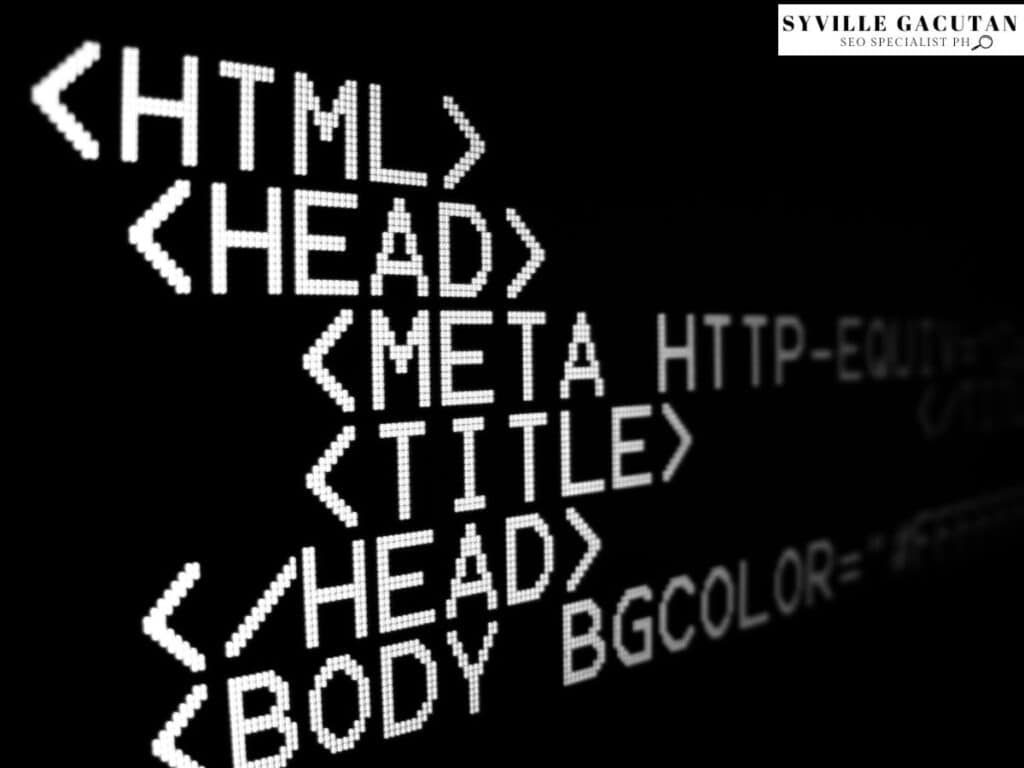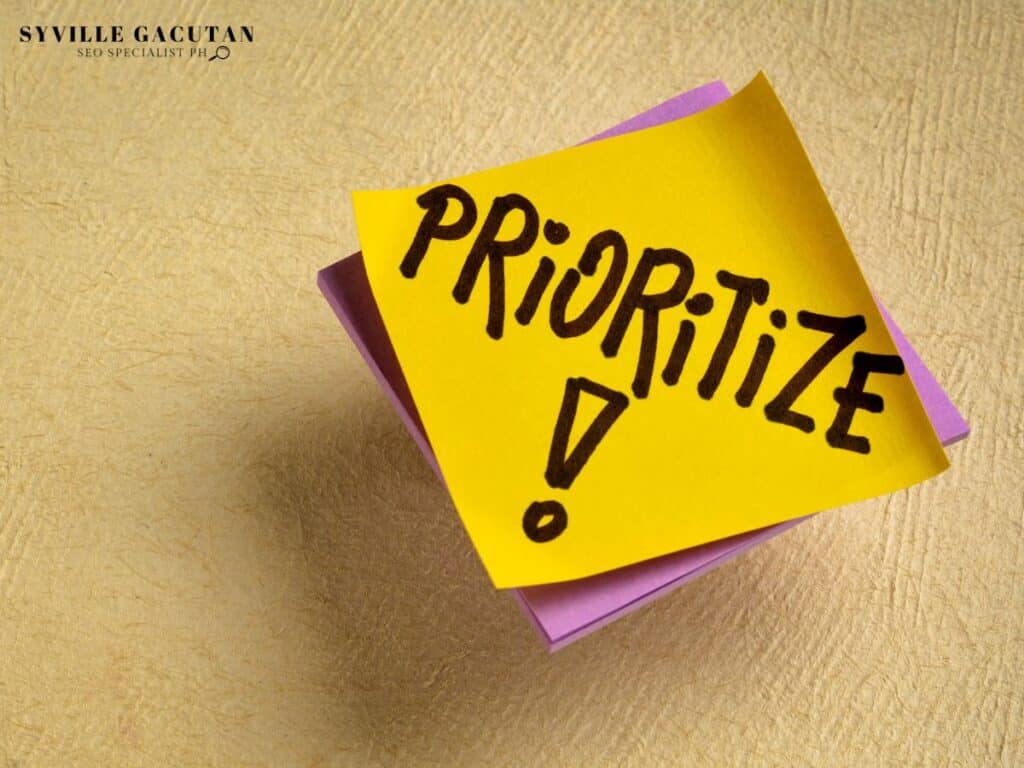
Structuring your content hierarchy and SEO effectively is crucial for success because it improves user experience and helps boost search engine rankings. A well-organized hierarchy makes navigation logical and aligns with what users are looking for, making it easier for search engines to index relevant information. By strategically placing keywords and using effective header tags, you can enhance both the readability and discoverability of your content. Clear website navigation—like breadcrumbs and sidebars—helps guide users on their journey through your site. Plus, incorporating responsive design ensures that your site works well on mobile devices, which is essential for today’s SEO landscape. Understanding the significance of these elements can make your path to achieving SEO goals much clearer.
Key Takeaways
- Organize content logically: Arrange your content in a way that makes it easy for users to navigate and helps search engines index your pages effectively.
- Use header tags wisely: Break your content into clear sections with header tags. This not only improves readability but also boosts your SEO performance.
- Create a clear navigation system: Set up main menus, breadcrumb links, and footer navigation to guide users smoothly through your site.
- Focus on audience needs: Strategically place keywords and structure your content to align with what your audience is searching for.
- Boost internal linking: Incorporate internal links to connect related content, which helps establish your site’s authority and encourages users to explore more.

Understanding Content Hierarchy
A website’s content hierarchy plays a vital role in achieving SEO success because it determines how information is organized and presented to users and search engines alike. Essentially, content hierarchy is about categorizing your content in a way that creates a logical structure, making it easier for users to find what they need and improving their overall experience. When your content is well-organized, it not only helps visitors navigate your site more easily but also allows search engines to index your pages more effectively.
Organizing similar content together makes it easy for visitors to find what they need on the website without wasting time. This smooth browsing experience not only keeps visitors happy but also encourages them to stay on the site longer which can boost the website’s ranking in search engines.
Another important aspect of content hierarchy is keyword relevance. By strategically placing targeted keywords within the hierarchy, a website can better align with search queries, improving visibility and search engine performance. This involves not just the inclusion of keywords, but their placement within headings and subheadings, which are often given more weight by search algorithms.
In this way, a well-structured hierarchy supports both discoverability and relevance, key factors in attracting and retaining an engaged audience.
Visual hierarchy also plays a pivotal role in content hierarchy. It refers to the arrangement of elements on a page in a manner that guides the user’s eye in a logical flow, enhancing the overall aesthetic and functional appeal of the website.
Effective visual hierarchy aids in audience targeting by ensuring that the most important information stands out, thereby capturing the attention of the intended audience. By understanding and implementing these principles, businesses can create a coherent and effective content hierarchy that supports their broader digital marketing goals.
Importance for SEO Optimization

SEO optimization significantly hinges on the way content is structured within a website. A well-organized content hierarchy enhances keyword relevance and aligns with user intent, ultimately improving a site’s visibility in search engine results.
When content is logically structured, search algorithms can more effectively evaluate the significance of the information provided, leading to better indexing and higher rankings. Consequently, a thoughtfully designed content hierarchy is indispensable for maximizing SEO efforts.
Understanding audience targeting is crucial for crafting content that meets the needs and expectations of users. By strategically organizing content, websites can ensure that each page addresses specific user queries, thereby satisfying user intent.
This alignment not only encourages users to engage with the content but also signals to search algorithms that the site is a reliable source of information. The result is an enhanced user experience, which search engines reward with improved rankings.
Moreover, content readability plays a significant role in SEO optimization. When content is easy to read and navigate, users are more likely to spend time on the site, reducing bounce rates and indicating to search engines that the site is valuable.
A clear hierarchy aids in breaking down complex information into digestible sections, making it easier for both users and search algorithms to understand the main topics and subtopics covered.
Creating a Logical Structure

Crafting a logical structure for your website’s content is essential in guiding both users and search engines through the information you provide. A well-organized content hierarchy not only enhances user experience but also improves search engine visibility by aligning content categorization with audience targeting. By doing so, you create a seamless journey for users, enabling them to find information swiftly and intuitively.
The first step in creating a logical structure involves effective content categorization. This means grouping related topics together, making navigation intuitive. For instance, product categories should be clearly defined, and any subcategories should logically branch out from these main categories. This structured approach aids in keyword mapping, ensuring that each page is optimized for specific search terms.
Visual elements, such as menus and breadcrumbs, play a crucial role in reinforcing this structure. They provide users with a clear path back to main categories, facilitating a more positive user experience. Moreover, these elements signal to search engines the hierarchy and importance of each page.
Here’s how different aspects of content structuring can be organized:
| Aspect | Benefit |
| Content Categorization | Enhances findability and relevance |
| Keyword Mapping | Improves SEO and page targeting |
| Visual Elements | Aids navigation and clarity |
Utilizing Header Tags Effectively

Building on the foundation of a logical structure, header tags emerge as a pivotal tool for organizing content and enhancing readability. In the realm of SEO best practices, header tags (ranging from H1 to H6) are not merely decorative elements but serve as key components in establishing content hierarchy.
The header tag importance lies in its capacity to convey the context and subtext of a webpage, aiding search engines in understanding the semantic markup of your content.
To effectively utilize header tags, consider the following:
- Prioritize H1 Tags: The H1 tag should succinctly encapsulate the main topic of the page. It functions as the title or headline and is critical for both SEO and user experience. This tag should be unique and reflect the core purpose of the content.
- Use Subheaders Thoughtfully: H2 and H3 tags should be employed to break down content into digestible sections. They improve content readability by providing a clear outline, making it easier for users to navigate and for search engines to index.
- Maintain Consistent Hierarchy: Ensure that the sequence of header tags reflects a logical progression. Avoid skipping levels (e.g., jumping from H1 to H4) as this may confuse both users and search engines. Consistent hierarchy not only aids user experience but also reinforces the semantic structure.
Ultimately, the judicious use of header tags contributes to a cohesive and accessible webpage. By adhering to these SEO best practices, you can enhance both content readability and search engine ranking, resulting in an improved user experience and greater online visibility.
Organizing Website Navigation
Effectively organizing website navigation is crucial for creating an intuitive user experience and enhancing search engine visibility. A well-structured navigation system enables users to find information quickly, guiding them through a seamless user journey while simultaneously allowing search engines to index content efficiently. Employing navigation best practices, such as clear labeling and logical grouping, ensures that users interact with your site without frustration, thus improving user experience design.
An essential component of navigation is user journey mapping, which involves understanding the paths users take to achieve their goals. This process helps in designing a navigation structure that supports these paths, ensuring users reach their destinations with minimal clicks. Implementing breadcrumb navigation further enhances usability by providing a visual cue of the user’s location within the site hierarchy, allowing for easy backtracking and exploration of related content.
Incorporating visual hierarchy principles into your navigation design is imperative. A well-thought-out visual hierarchy guides the user’s attention, highlighting crucial areas and actions. This can be achieved through the strategic use of colors, fonts, and spacing.
Here is a breakdown of key navigation elements to consider:
| Element | Description |
| Main Navigation | Primary links to core sections of the website |
| Breadcrumb Navigation | Pathway indicators showing the user’s location |
| Footer Navigation | Additional links to important but less prominent areas |
| Sidebars | Contextual links related to the current page |
Prioritizing Key Information

To achieve SEO success, prioritizing key information on your website is fundamental. This process involves strategically organizing content so that it resonates with your target audience, ensuring that each piece is both accessible and impactful.
By focusing on content relevance, you can guide visitors seamlessly through your site, enhancing user engagement and satisfaction.
Here are three essential steps to prioritize key information effectively:
- Understand Your Target Audience: Begin by identifying the needs and preferences of your audience. What questions do they frequently ask? What solutions are they seeking?
By understanding these aspects, you can tailor your content to directly address their concerns, making your website a valuable resource.
- Use Visual Elements Wisely: Incorporating visual elements such as images, infographics, and videos can significantly enhance content comprehension.
These elements should not only capture the attention of users but also serve to reinforce the key messages you wish to convey. A well-placed image or an informative infographic can make complex information more digestible and engaging.
- Strategic Keyword Placement: Keywords should be integrated naturally within the content, avoiding overuse which could detract from readability.
Positioning keywords in titles, headings, and introductory paragraphs can improve search engine visibility and ensure that the content aligns with user search intent.
Enhancing Internal Linking

After prioritizing key information, attention should be directed towards enhancing internal linking, a fundamental component of effective SEO strategy. Internal linking not only facilitates site navigation but also establishes a hierarchy of content, boosting the overall visibility of the site. By strategically placing contextual links within relevant content, users can experience seamless navigation, which in turn, signals search engines about the link relevance and authority of your pages.
Effective internal linking begins with the appropriate use of anchor text. Anchor text should accurately describe the target page in a concise manner, ensuring that both users and search engines understand the content being linked. This practice enhances the user experience and aids in indexing by search engines, leading to improved rankings.
Link depth is another crucial aspect of internal linking. Ideally, important pages should be accessible within three clicks from the homepage. This shallow link depth ensures that valuable content is easily discoverable, decreasing the likelihood of orphan pages and maintaining an efficient flow of authority across the site.
Content silos are an advanced strategy to optimize internal linking further. By organizing content into themed clusters, or silos, each link reinforces the subject matter, enhancing link relevance and strengthening SEO performance. This method maintains a focused narrative, guiding users through related topics while reinforcing the site’s overall thematic authority.
Improving Mobile Usability

In today’s digital landscape, smartphones have become the compass guiding users through the vast expanse of the internet, making mobile usability a critical factor for SEO success. With an increasing number of users accessing websites via mobile devices, optimizing for mobile usability is not just a luxury but a necessity for enhancing user engagement and achieving higher search engine rankings.
A fundamental aspect of improving mobile usability is implementing a responsive design. This approach ensures that your website adapts seamlessly to various screen sizes, providing an optimal viewing experience across all devices. Responsive design enhances the mobile layout, making content easily accessible and visually appealing, which can significantly boost user engagement.
To further enhance usability, it is crucial to consider touch targets. Mobile users navigate using their fingers, which necessitates larger, well-spaced touch targets to prevent accidental clicks. Ensuring that buttons and links are easily tappable improves the overall user experience and encourages visitors to interact with your website more effectively.
Loading speed is another critical factor influencing mobile usability. Mobile users expect quick access to information, and slow-loading pages can lead to frustration and increased bounce rates. Optimizing images, leveraging browser caching, and minimizing redirects are effective strategies for improving loading speed and retaining user interest.
Here are three key steps to enhance mobile usability:
- Implement Responsive Design: Ensure your website adapts to various screen sizes for a consistent user experience.
- Optimize Touch Targets: Design larger, well-spaced touch targets to improve navigation and reduce user errors.
- Enhance Loading Speed: Optimize images and reduce server response times for faster page loading.
Final Thoughts
Structuring content hierarchy effectively is essential for achieving SEO success and improving user experience. A well-organized content structure facilitates easier navigation, making it simpler for users to find the information they need while helping search engines index relevant pages efficiently. By employing strategies such as logical content organization, the smart use of header tags, and clear website navigation, businesses can enhance both visibility and user engagement.
Need help optimizing your website’s content hierarchy for better SEO performance? Syville Gacutan, an experienced SEO Specialist in the Philippines, can provide expert guidance to enhance your site’s structure, improve user experience, and boost your search rankings. Contact Syville today for personalized SEO solutions that drive results.